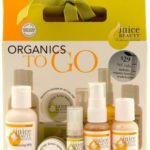
Hey what is this Azadirachta Indica in my product?
Some of you are probably well aware that Aloe Barbadensis Leaf Juice means Aloe Vera Leaf Gel, Simmondsia Chinensis Seed Oil is Jojoba Seed Oil, and Tocopherol is really Vitamin E in your skin care formulations. But what the heck is Azadirachta Indica, Cera Alba or Pterocarpus Santalinus Wood Extract? I don’t think that many of us know what they are unless we look them up or someone tells us their common names. So why aren’t the ingredients for most of our beauty products listed in understandable, commonly known names?
INCI names to conform to international regulations
Okay, before I answer that question, Azadirachta Indica, Cera Alba or Pterocarpus Santalinus Wood Extractwhy are really Neem Oil, Beewax and Red Sandalwood Extract, respectively. Well, listing them as Neem Oil, Beewax and so on are not allowed as most international regulations require that all cosmetics include a listing of ingredients using the standardized INCI (pronounced ‘Inky’) name for each ingredient. However, the assignment of an INCI name does not imply that the ingredient is approved, certified, or endorsed by any other organization or governmental body as INCI names do not imply standards or grades of purity. It’s purely a naming convention. And you might have noticed that a number of natural brands selling their products online actually don’t conform to this naming system.
Uniform scientific names for reference consistency
You can say that INCI names are uniform scientific names and their use minimizes the language barriers that often hinder consumer understanding and international trade. That’s pretty ironical because for me, it hinders my understanding but I can see that the adoption of INCI terminology ensures that cosmetic ingredients are consistently listed using the same ingredient name from product to product. This is why water must be listed as Aqua and Paraffinum Liquidum is really Mineral Oil, and even some naturally derived ingredients are listed as if they were some unknown, complicated synthetic ingredients such as Butyrospermum Parkii, which is really Shea Butter. Good thing though that many ingredients are listed with their common name included, and so if you see a listing like Persea Gratissima (Avocado) Oil, you sort of figure out that it’s probably Avocado Oil.
The INCI listing for fragrance
Additionally, the INCI ingredient labeling standard applied to European beauty products require that any product with a “scent” be labeled “Fragrance”, “Perfume” or “Parfum”. This applies whether or not that scent is from all natural essential oils, or from synthetic fragrances.
Things to know about skin care labels
There are quite a bit of information to learn about ingredient listing and you may also want to read my post 5 things to know about skin care labels where I covered why ingredients are listed in descending order, why some toxic ingredients within the product maybe insignificant, why only the top 33% of the ingredients matters, why active ingredients should have an effective concentration, and how some ingredients are spelled almost similarly but aren’t the same.
Challenges in learning about skincare ingredients
I don’t know about you but I like to learn about ingredients although I find it a challenge. Other than identifying what the ingredients in a listing means, I also find it difficult to determine the actual amount of each ingredient as most labels do not tell you that. So an ingredient may consist of 85 percent water, whereas another might only contain 50 percent and it’s quite impossible to tell if a product will work for you by looking at the ingredient list although I wish I can. And oh, I absolutely hate it that I can’t pronounce most of the ingredients.
© www.vivawoman.net copyright notice ☺
______________________________________________________________
Comments
Leave a Reply
You must be logged in to post a comment.

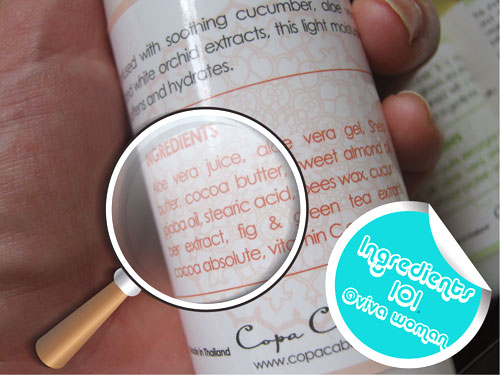

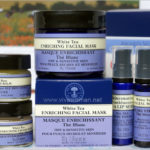








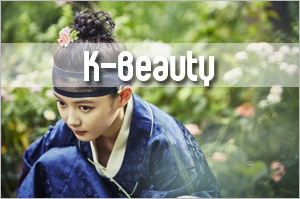
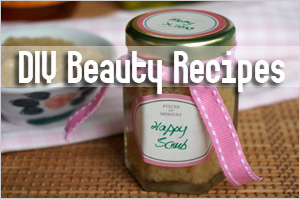
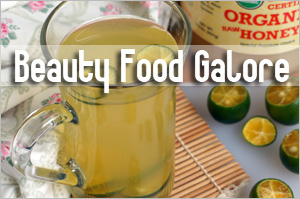
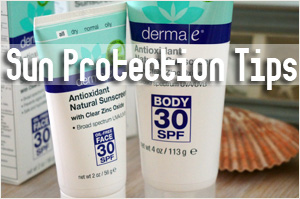
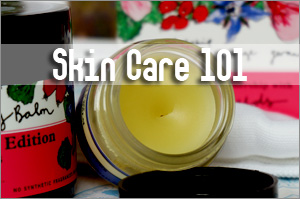
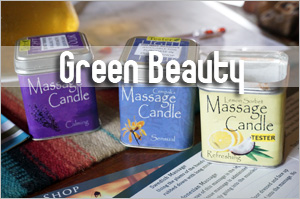
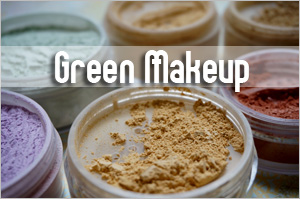
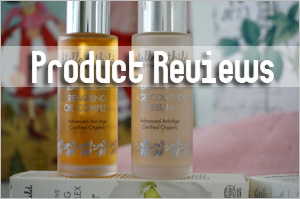
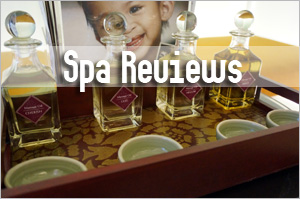
I always read the ingredients list of my skincare products before purchasing because I’m allergic to some ingredients. In the process i’ve learned to spot most of the common INCI names. And I’m glad I do so though because that habit has saved me from buying products which contain icky ingredients like snails. While I’m not allergic to snails there are just some ingredients I cannot ever see slathering my face with.
OMG! You just hit my thoughts as last night, I was looking up some ingredients in a Naruko product I bought and going “wah biang eh… why the ingredient name so long long one”(aka “Why the heck is the ingredient name so lengthy?”). If only there was a site that could convert all the botanical names into layman’s terms for us… *sighs* Why are calculators for selecting hardware products so common but botanical conversion tools for skincare products so hard to find? Where are all the willing coders and programmers? T___T
Besides, I could do with a site that’ll help to refresh my memory on what amino acids, peptides, fatty acids, etc. are. Usually, I’m left sighing at my memory and going OTL. Then I usually end up hitting Truth in Aging and some other sites for better explanations and then, going… “Didn’t I read this last week already?”
Good for you! Some of the ingredients can be hard to figure. And do you mean you avoid allantoin? ?
Give this site a try: http://www.cosdna.com/. I use it for most of my analysis. ?
The fragrance part is interesting, ” European beauty products require that any product with a “scent” be labeled “Fragrance”, “Perfume” or “Parfum”
I wonder where do they put the “fragrance/perfume/parfum”? On the top 33% of the ingredient list? The last ingredient? Or simply insert anywhere they like? I often withdrawn because of the fragrance listed on the top 33% of ingredient list, does that mean I interpreted the ingredient list wrongly? Thanks.
I have been also ‘studying’ cosmetics labels for more than 10 years now because I want to know what I am putting on my skin/hair, but also because it’s also a way to “judge” if the product is cheap or not depending on its composition.
So I do recognise lots of INCI names, but I still get confused by similarly named ingredients. E.g. there is sodium laureth sulfate, sodium lauryl sulfate, ammonium laureth sulfate and many other with similar 2-3 word names, some of which are actually (or supposed) to be plant-derived and not harmful. Am I the only one to get confused by these? ?
If it’s below 1%, it can be listed anyway below, after the other ingredients of more than 1%. If it’s high up, it means it’s quite concentrated. Usually I see it below, almost at the bottom cos the concentration should be very low.
Yes, very confusing sometimes and I sometimes misread the labels. And it doesn’t help the words are usually tiny.
I run into a similar problem with supplements. I dislike it when a reseveratrol company has pictures of grapes on its packaging but when you look at ingredients it says Polygonum cuspidatum. Why put it in latin? Because they don’t want you to know they make their product with knotweed, instead of French muscadine grapes. Knotweed is a source of reseveratrol but it can cause stomach problems.
Do supplements need to have their ingredients listed in a particular way like cosmetics? Hmmm…I wonder or like what you’ve pointed out, the company doesn’t want consumers to know certain things.
I didn’t know allantoin was sourced from snails! >.< I read an article somewhere that it is actually from cow's urine, although I am not 100% sure. But in any case, more reasons to be weary of funny-named ingredients.
Allantoin is the main extract of the snail’s secretion but most skincare products probably get those that are come from comfrey roots. Apparently, it can also come from cow’s urine. Err…that I don’t want to use.